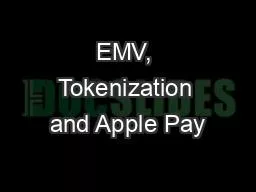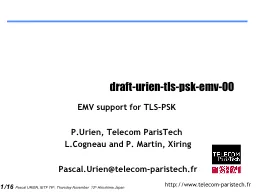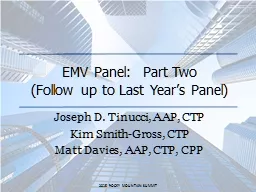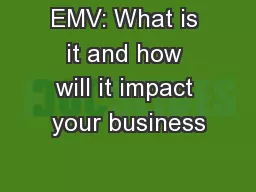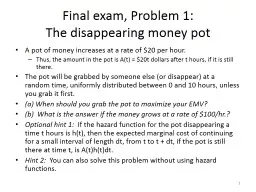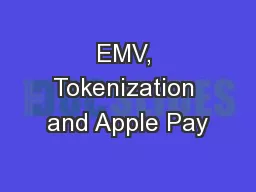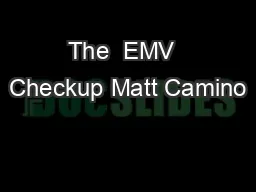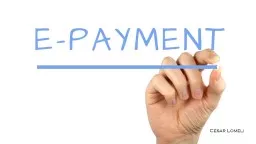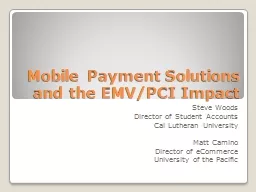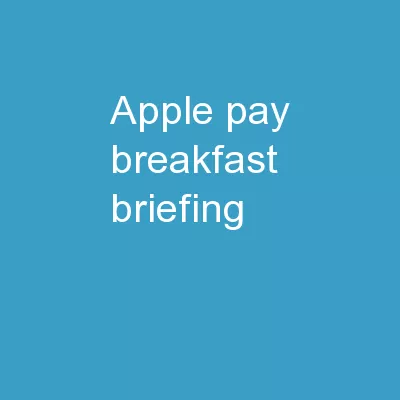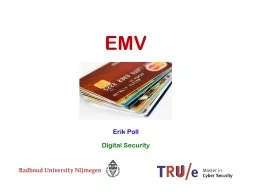PPT-EMV, Tokenization and Apple Pay
Author : reimbursevolkswagon | Published Date : 2020-08-29
The New Landscape Carolinas Credit Unions Council October 10 2014 Leanne Phelps Senior Vice President Card Services State Employees Credit Union Agenda EMV The
Presentation Embed Code
Download Presentation
Download Presentation The PPT/PDF document "EMV, Tokenization and Apple Pay" is the property of its rightful owner. Permission is granted to download and print the materials on this website for personal, non-commercial use only, and to display it on your personal computer provided you do not modify the materials and that you retain all copyright notices contained in the materials. By downloading content from our website, you accept the terms of this agreement.
EMV, Tokenization and Apple Pay: Transcript
Download Rules Of Document
"EMV, Tokenization and Apple Pay"The content belongs to its owner. You may download and print it for personal use, without modification, and keep all copyright notices. By downloading, you agree to these terms.
Related Documents

